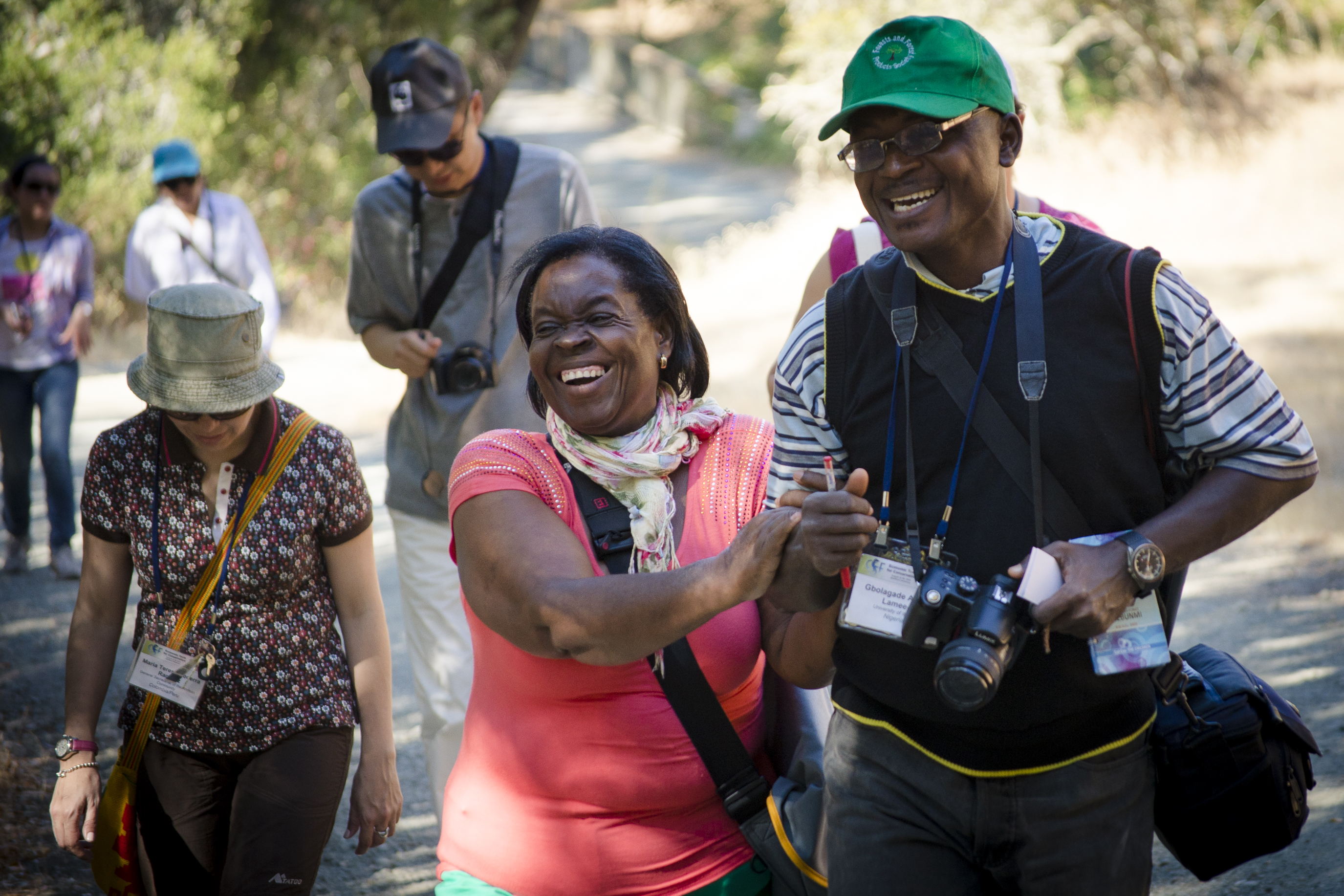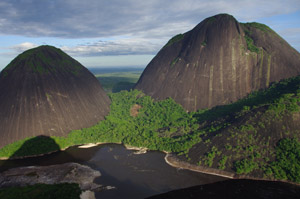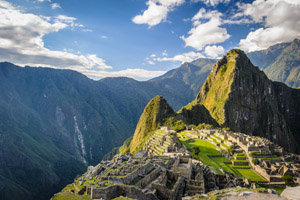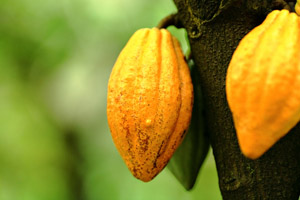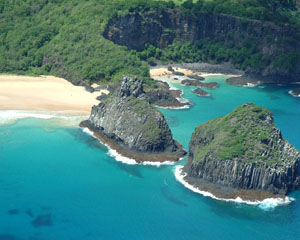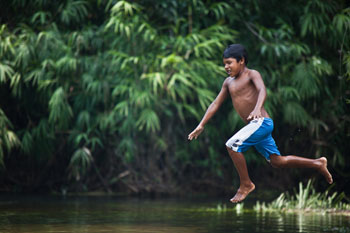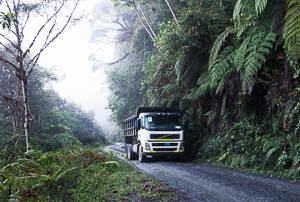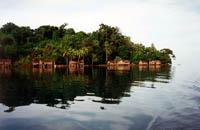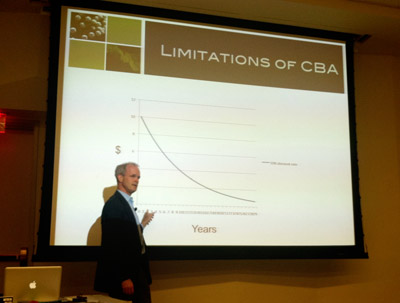News
CSF was recently awarded $100,000 to expand our trainings, analyses, collaborative field work in Africa, thanks to the generosity of the Handsel Foundation.
There’s one park in the Kingdom of Bhutan where the ranges of the Royal Bengal Tiger, the snow leopard and Himalayan black bear overlap and where communities have lived in harmony with nature for hundreds of years. A trekker’s paradise, Jigme Dorji National Park is also known for it’s astounding biodiversity, breathtaking alpine meadows and majestic snow-capped mountains. But, until recently, it was missing one thing: proper campsites.
Game theory emerged in the 1940’s as a math-driven, esoteric science of how people alternately cooperate and compete to get what they want. It’s been used in business, diplomacy and military strategies and won famed Princeton economist John Nash the Nobel Prize in 1994. Now, far from the halls of academia and the corridors of power, it’s also being used to conserve nature.
Fernando León is a business school graduate most commonly seen in suit and tie. He’s also one of Peru’s most successful conservationists. His country has tropical forests covering an area the size of California, a coastline rich in marine life, and protected cultural marvels like Machu Picchu. A veteran of years working in the government, he was frustrated by the meager funding allocated to protecting the country’s natural heritage.
We found this long bridge that connected a rainforest community and consumers in the city,” says Alfonso Malky. “It was made of chocolate.”
In 2011, CSF’s Malky discovered a complex, but promising web of connections between economics, the environment, and the human condition when he created a market study for the Bolivian chocolate company Selva Cacao (“Jungle Chocolate”).
From Acadia to Zion, Big Bend to Yosemite, U.S. citizens take them for granted: signs and stairs, benches and bathrooms. Invisible as it may be, infrastructure is key to a park’s value proposition. Visitors willingly pay for a park experience that includes beauty, awe, and a few safeguards and conveniences. And people will defend what they love, which is why we wanted to help them get to know, and love, the Fernando de Noronha National Marine Park.
That roads cause deforestation has been known for decades, documented in scholarly and anecdotal accounts. But this outstanding video from roadfree.org may be the most effective telling of this roads-and-forests story yet! Watch it. If you care about nature and have a sense of humor you'll want to laugh and cry at the same time.Roadlessness was at the center of policy battles over US public lands in the 1990s. Now it's gaining some traction in the tropics, where the advance of roads has fragmented nature into smaller and smaller bits, condemning certain species, especially large predators, as well as indigenous cultures that depend on not having contact with the modern world.
In September 2009, Theresa Kas visited the small village of Sohoneliu in the Manus Province of her native Papua New Guinea. It was a dramatic change of scenery from Stanford, where, a month earlier, she had completed Conservation Strategy Fund’s international “Economic Tools for Conservation” course. Kas, who works with The Nature Conservancy, saw that deforestation was on the rise and traditional hunting was dwindling, and wondered if the local economy’s resource base was careening toward collapse. So she pulled out her CSF notes and put them to use.
Last month, we had the opportunity to bring CSF’s economic analysis training to a new audience – the Inter-American Development Bank (IDB) in Washington D.C. The IDB approves over $11 billion dollars in loans each year, and is a major force in shaping the face of development in Latin America. We delivered two training workshops for transport and water sector specialists from various country offices, and a shorter session for IDB Economists based in D.C.

